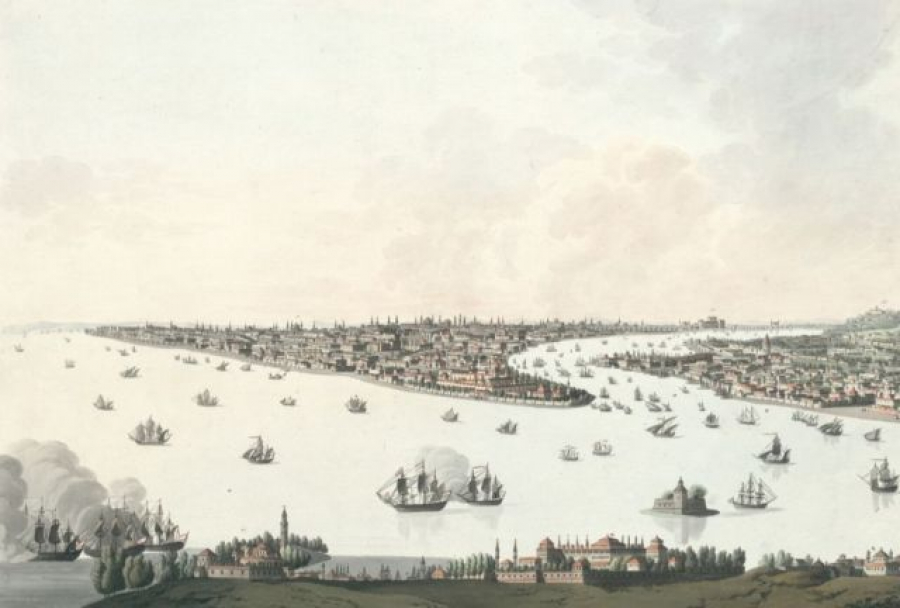Over the centuries, the banks of the Danube formed a large settlement area. Towns and markets, monasteries and churches, castles and palaces along the Danube all bear witness to bourgeois industriousness, noble representation and ecclesiastical triumphs.
But the fortresses and many memorials also tell of war and hardship, of brutal persecution of Protestants, of the expulsion and murder of Jews, Roma and Sinti, of poverty and persecution, of war and political struggles.
Conflicts between the Habsburgs and the Ottomans lasted almost two centuries. Many of their battle sites and fortresses are located along the Danube: Vienna (besieged in 1529 and 1683), Komorn/ Komárom/Komárno, Raab/Györ, Gran/Estergom, Visegrád, Waitzen/Vác, Budapest, Neusatz/Novi Sad, Peterwardein/Petrovaradin, Slankamen, Semlin, Belgrade, Semendria and Orsova.
A journey into the past along the Danube also reminds us that a peaceful present and Europe as a continent of peace is not self-evident, but an achievement that demanded many sacrifices and that could only be secured after many destructive wars through diplomatic negotiations and through international treaties.
The imposing Peterwardein Fortress (today in Serbia) was built from 1692 as a Habsburg bulwark against the Ottomans on the middle Danube. It reminds us of the conflicts between two great European empires for supremacy in the Danube region, which broke out again and again. Yet also on its lower course, the Danube became a contested area of conflict for centuries.
The question of spheres of influence in the Danube basin, especially in the Lower Danube and the straits (Bosporus and Dardanelles), was of central importance both for the neighbouring states (and above all for Austria) and for the Ottoman and Russian Empires, as well as for England and France.

Free navigation was established on the Danube in 1815, with the Congress of Vienna decreeing that international rivers must be open to all states for merchant shipping.
But it was not until the European powers gave guarantees in the Peace Treaty of Paris, which ended the Crimean War in 1856, that the Danube was truly open to international shipping. In the same year, the European Danube Commission was established. Based in Sulina in the Danube delta (in what is now Romania), it was the supranational authority for the regulation of shipping on the river.

The Danube Commission was re-established in Belgrade in 1948 after World War II and, since 1954, it has been based in Budapest.
Today, it is the international inter-governmental organisation ensuring free navigation on the Danube.
All the countries along the Danube are members, with the primary objective of achieving a unified waterway system in Europe. One of its greatest challenges at the end of the 20th century was to make the Danube navigable again after the Yugoslav wars.















